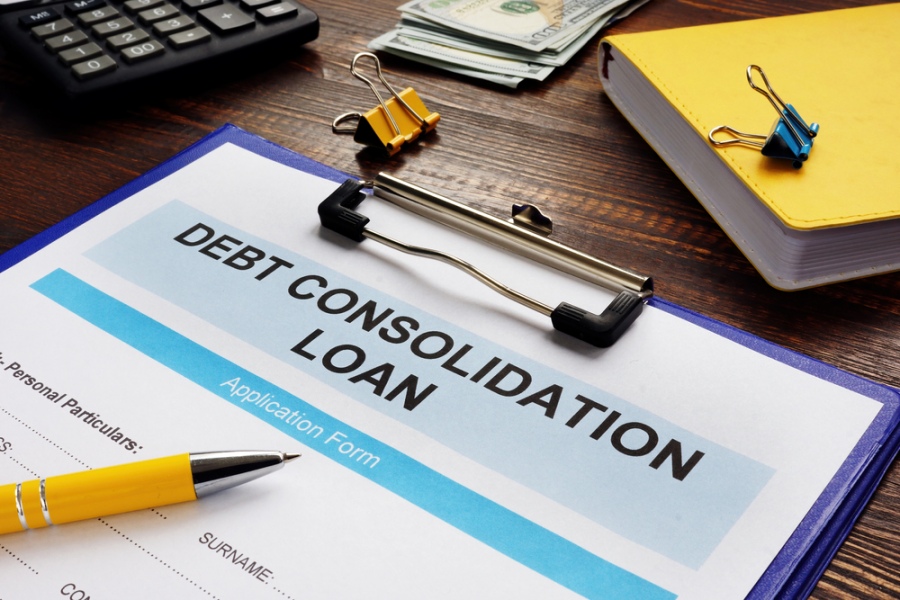If you’re anything like me, then you’ll constantly be on the look out for ways to save money; from rationing the use of the A/C unit to religiously watching what you spend on the weekly shop.
But, did you know that there are ways that you can actually save money without having to regularly do something? And, one of these ways is staring you in the face every single day – with your car.
There are many factors that go into the cost of a car insurance premium. Essentially, it is valued based on the risk of the holder having some form of accident: the shorter the odds, the higher the premium. Other factors include the driver’s age, sex and driving history. However, one of the biggest factors in the cost of a policy remains the actual car you drive. And here’s why:
Firstly, the car impacts on the policy dependent on how desirable it is to thieves. If a car has a higher record of being stolen then the policy will be raised accordingly due to their being an increased chance of it having to be replaced. Vice versa, if you’re trying to insure a useless old banger that no-one would in their right mind would take, then your policy will be lower (though it might rapidly go up again if the thing collapses halfway down the road!).
Secondly, your policy will vary according to which demographic is most likely to drive it (yes, really). Insurers, such as Budget Direct Motor Insurance, spend a lot of money obtaining information on each model of car, and which group of people most commonly buy them. Therefore, if your car is renowned as being very popular with first time male drivers aged 17-24, the chances are your premium is going to be an awfully lot higher. If, however, it’s popular amongst middle-aged couples with twenty years of no claims behind them, then the cost will be lower. Check out who the ‘average driver’ of a car is before you spend the money – the information is all available online.
The most obvious impact on a policy is how much the car actually costs. Needless to say, an insurance company will offer a premium based primarily on how much a car would actually cost to repair or replace should it suffer damage. So, if you’re driving around a £2m Bugatti Veyron (I hate you with every fibre of my being if you are), then expect your insurance policy to also be suitably astronomical. If your car is expensive to repair or replace, it’s going to be expensive to insure, and vice versa.
Finally, a policy will be impacted quite heavily by the general reliability of the car. Certain manufacturing brands (not that we’re spiteful enough to name names) have a reputation throughout the insurance industry as having a tendency to break down more often. Therefore, these brands will naturally incur a higher policy cost. Vice versa, brands that have a reputation as being largely reliable and non-problematic (such as Ford, and almost anything German) will be cheaper to ensure, because the insurers are more confident that they won’t have to make a payout. Simples, as they say.
Fortunately, if you haven’t yet bought your first car, this means you’re able to take the factors above and actually deliberately pick out a car with a good reputation amongst insurers. Information on which cars these are can be found all over the web, so do a decent amount of research and you’ll soon be able to pick out the vehicle that doesn’t cost a ton to cover.
How Your Choice of Car Determines the Cost of Your Premium





